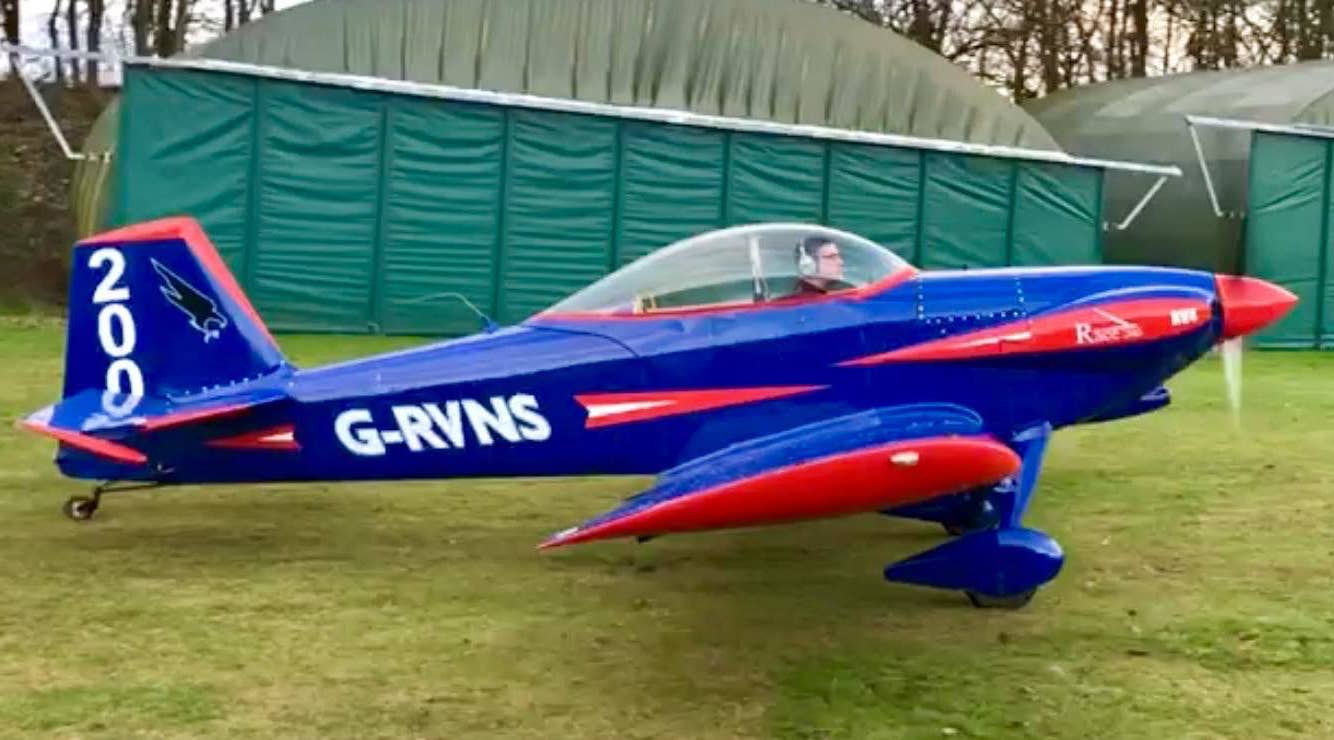
The UK registration takes on new meaning following Brexit negotiations in 2020. Gavin Connolly
In 1973, the United Kingdom joined the European Economic Community (EEC), the precursor to the European Union (EU), a partnership that caused a clash of opinions along the way. A June 2016 referendum asked UK voters if the country should remain in the EU or leave, an initiative that was nicknamed “Brexit” for British Exit. When more than 17 million votes were counted, 52 percent voted to leave the EU.
What followed was years of shouting in the UK Parliament, many missed deadlines, and total disagreement between the “remain” and “leave” camps. It wasn’t until January 31, 2020, that the exit finally happened. Now that Brexit is final, the divorce with the EU is just getting started, and as with any long relationship with intermingled affairs and finances, it will be messy on many levels.
One area that now has more questions than answers is in aviation, as UK aviation will now be regulated by the United Kingdom’s Civil Aviation Authority (CAA) after years of being under the watchful eye of the European Union Aviation Safety Agency (EASA). What this means for any US airframe or equipment manufacturer that wants to continue selling in the UK market is unclear at this point as a “transition period” begins that will ultimately shift regulatory authority from EASA to CAA.
To help with this transition, CAA has built a “microsite” that lists a great deal of information for how all facets of aviation will be handled going forward. While the site covers a lot of ground, it is clear the negotiations to facilitate the transition are just getting started, and much of the information delivered is general and not specific. What this means for US OEMs wanting a piece of the UK market is that they’ll need to stay on top of these negotiations between CAA and EASA by subscribing to news and updates and choosing the “EU exit” category in CAA’s SkyWise alerting system.
CAA states that “following the country’s exit from the EU on 31 January, the UK will enter a transition period until 31 December 2020, while the future UK-EU relationship on aviation is determined. During the transition period, EU law will continue to apply and the UK and its aviation sector will continue to participate in the European Aviation Safety Agency (EASA) system. The UK will continue to be party to the EU Air Services Regulation and mutual recognition provisions established under the EASA Basic Regulation. Existing agreements between the EU and third-country agreements, such as agreements relating to air connectivity and aviation safety, will continue to include the UK. As a result, businesses and individuals operating in the UK should see no change to existing conditions during the transition period.”
CAA added that “While negotiations toward that objective will proceed during the transition period, different outcomes are possible, including the scenario that no UK-EU aviation safety agreements are in place at the end of the transition period on 31 December 2020.”
“The UK Government and the European Union have both said they intend to agree to a bilateral aviation safety agreement, as the UK will no longer participate in the European Aviation Safety Agency's (EASA) system after the transition period ends,” said Tim Johnson, UK Civil Aviation Authority Director. “The UK Civil Aviation Authority has been planning for this outcome since the 2016 referendum, and we are prepared to take over regulatory responsibilities from EASA. There will be no immediate changes to aviation regulations at the end of this year, because of these preparations.”
There is much work to be done before the transition from EASA to CAA control is complete. CAA states that some of these tasks include providing legal and policy support in developing necessary legislation to ensure that the statute book continues to function effectively in all scenarios, working with the Department for Transport (DfT) to develop and implement Bilateral Air Safety Agreements or similar agreements with the US, Brazil, Canada, and Japan to replace those currently in place with the EU, and implementing contingency plans for the regulation of aviation in the event of the Brexit transition period ending in December 2020 with no UK-EU aviation safety agreements in place.
To help organizations with their planning, CAA lists the assumptions that they used to develop their approach for the potential scenario of no aviation safety agreements being in place at the end of the transition period. “Our use of these assumptions does not mean that the CAA views this outcome as likely; they allow us as a responsible regulator to prepare for all possible eventualities,” they said. “The UK plans to withdraw completely from the EASA system on 1 January 2021, meaning that the CAA will need to fulfill regulatory functions without having EASA as a technical agent and without having access to EASA and EU-level capabilities. UK licenses and approvals issued when the UK was an EASA member will continue to have validity under UK law but only those contained in EU Regulation 2019/494 will continue to have validity within the EU system, as defined by that regulation.”
To read all documentation provided by CAA, visit their Brexit microsite, and for EASA-related information, visit their Brexit page.

Sign-up for newsletters & special offers!
Get the latest FLYING stories & special offers delivered directly to your inbox






